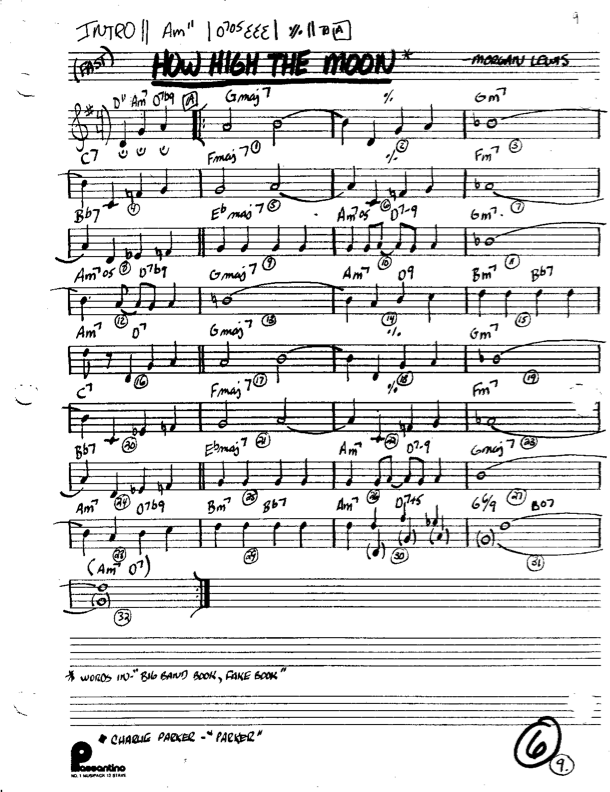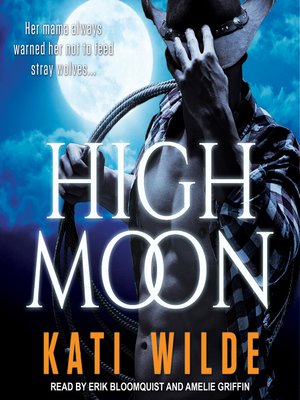

Greg’s mom calls a family meeting to determine what to do with their share, proposing home improvements and then overruling the family’s cartoonish wish lists and instead pushing for an addition to the kitchen.

When Great Aunt Reba dies, she leaves some money to the family.


The Heffley family’s house undergoes a disastrous attempt at home improvement. Ella’s realistic voice and passionate responses to injustices make her a credible, flawed, and likable character who sees the truth in front of her but often doesn’t recognize it.Ī captivating novel that sheds new light on black childhood. A riveting read, this novel masterfully presents Southern and Northern conflicts through the perspective of a no-nonsense kid who is trying to find her place in the world. Although Ella eagerly leaves the farm to stay with her mother, she finds Boston also imperfect, as she must spend hours alone in the tiny apartment while Lucy and her roommate, Helen, work as shipfitters. Racists charge George Stinney, a quiet, shy boy, with murdering two little white girls, and Myrna once encountered a black family lynched and hanging from the trees. Teased by other black kids for her light skin and white-seeming features, Ella indulges in wild speculation-maybe it’s Cab Calloway? Lucy has left Ella in Alcolu, South Carolina, for work and a jazz career in Boston, and although Granny and Poppy provide a loving home for Ella and two of her cousins (who share narration duties with Ella), 14-year-old orphan Myrna and Ella’s best friend, 12-year-old Henry, the rural South in the 1940s can be dangerous for black folks. As compelling as Brown Girl Dreaming, as character-driven as One Crazy Summer, and as historically illuminating as Roll of Thunder, Hear My Cry.Įleven-year-old Ella Hankerson yearns to know her absent father, but her mother, Lucy, and grandparents constantly evade her questions.


 0 kommentar(er)
0 kommentar(er)
